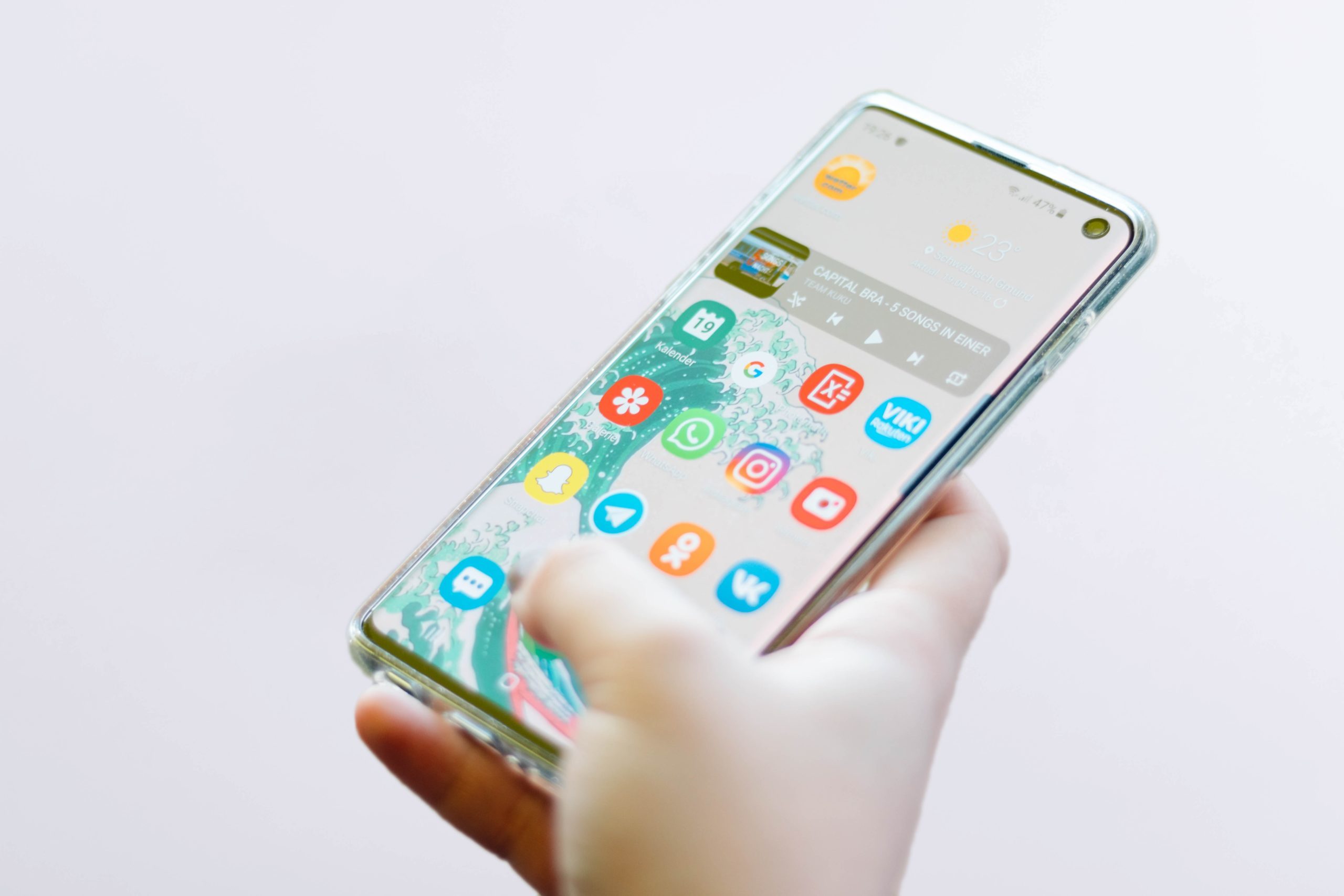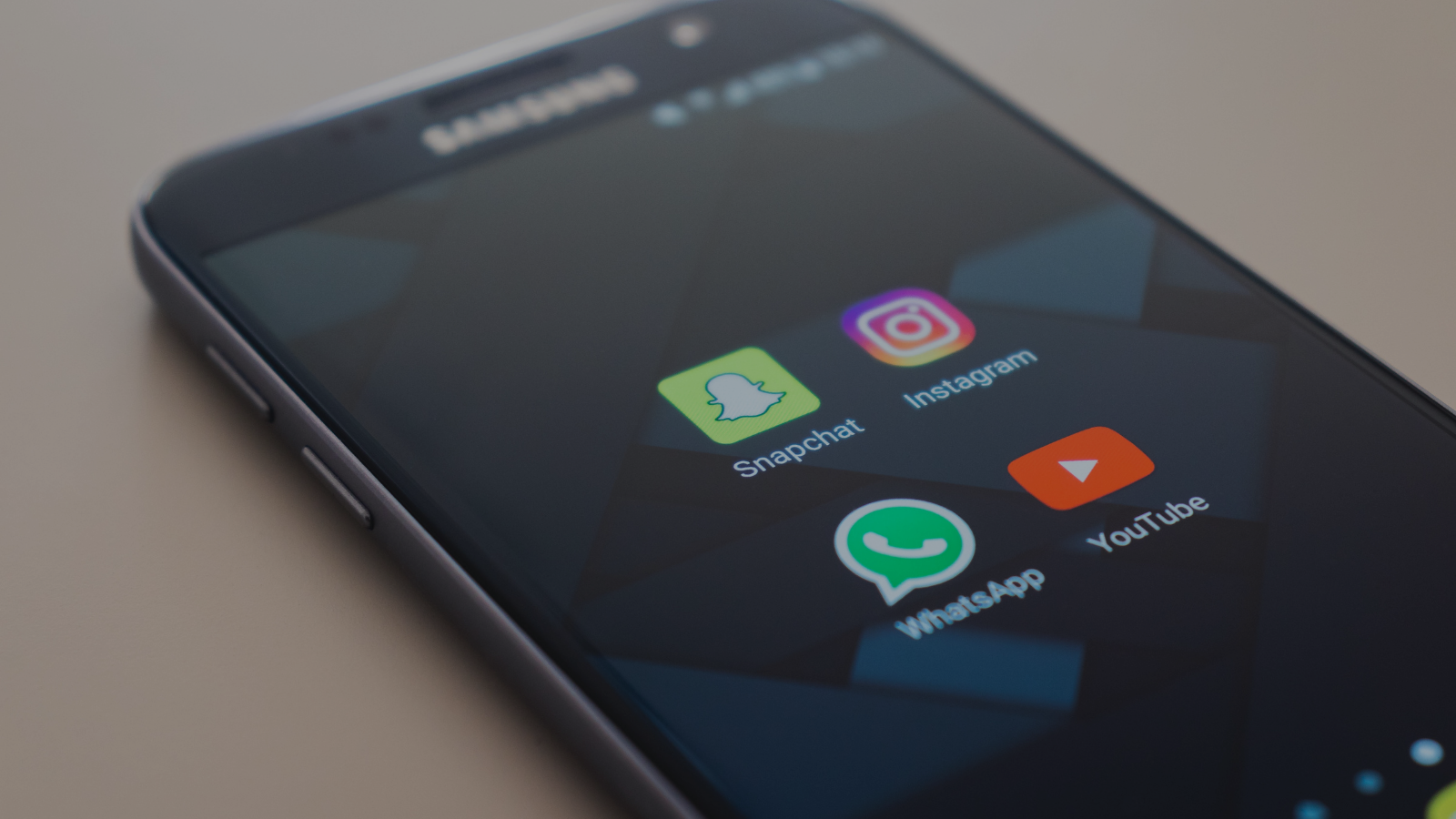Remember when you got your first smartphone and downloaded every single app that sparked your interest?
I specifically remember downloading an app that made it seem like you were pouring beer into a glass. What was the need for that? I don’t know, but I guess I must have thought it was a cool idea, for about twenty seconds.
Fast forward ten years, and we have now reached a point where apps have grown so prevalent in our day to day that it’s hard to imagine living without them. Due to the sheer amount of apps accessible and their continual presence via notifications and promotional emails, they’ve slowly morphed into something we’ve grown tired of rather than enthusiastic about. This is how the term ‘app fatigue’ came about.
What is App Fatigue?
‘App Fatigue’ is what app developers call when customers are no longer eager, or are too overwhelmed, to download or use new apps. It happens when smartphone users are faced with an excessive amount of applications and the daily (or more frequent) alerts they get from them. Nowadays users simply aren’t that interested in new apps.
Think about it, how many apps out there are required to deliver the same news or offer the same tools as their competitor? When you think about it, not THAT many.
Basically, most smartphone users have already installed the apps that fulfil their day to day requirements and they have no need to try a new app when their purpose has already been served by apps they already use. To put it simply, apps with dated and repetitive functions no longer appeal to consumers.

Do I Have App Fatigue?
This is quite easy to answer with a couple of questions; when was the last time you downloaded a new app? Yesterday, last week, last month, not in the last 3 months?
Can you count on one hand (or two) the apps you actually use on a daily basis?
Have you ever looked for a replacement for one of these apps you use daily? Did you actually make a change, or not?
Where’s the proof?
According to this 2021 research, the average mobile user will spend 3 hours and 10 minutes each day on their phone.
Apps account for 90% of this time. However, despite the fact that the typical smartphone has 80+ apps downloaded, consumers only engage with 9 mobile apps per day and 30 apps per month. 62% of installed apps are not utilised on a monthly basis. As a matter of fact, 25% of programs are only used once after being downloaded and never opened again.
So how about the apps that are actually being downloaded and used worldwide?
Here they are, ranked;
- Facebook Messenger
- Snapchat
To no one surprise’s YouTube, Twitter, Gmail, Google Maps, and Amazon Mobile also made it to the list.

Why Should I Care About App Fatigue?
Well, if you’re a business owner looking into creating a native app, i.e. an app that has to be downloaded to a device, you can test your luck at creating the next Google Maps or Instagram…but the chances of people downloading and most of all, using your product will be low.
What if you want to develop a native app for certain customer processes or interactions in your business? Fair enough, however, consider taking a hard look at your existing processes first, and figuring out;
- If your processes have to be improved before attempting an app
- Could a web app satisfy your needs over a native app
- Whether you actually need to have an app or not
We have some experience with that last point – a couple of years ago we were in talks to handle the marketing of a native app in the magazine space.
At our very first meeting we questioned the need for a native app at all, because everything the app would do could be done just as well (and cheaper) with a responsive website design. We were quickly rebuffed and told that the decision to have an app developed was made and there was to be no more discussion about it. Fine, understood.
For unrelated reasons we did not proceed with our proposed works, and as we had predicted, when it launched, the app failed to make the enormous impact the client expected.
And guess what – they ended up developing a web app with responsive design anyway, just as we had suggested, and now have to contend with the costs of maintaining two separate technologies.
So What Can I Do About App Fatigue?
If you’re a smartphone user (which you obviously are), and you do consistently find yourself overwhelmed by the clutter on your phone, the amount of notifications you receive, or even just tired of all the content you consume on your phone in a day…then app fatigue is something very important for you to recognise.
Delete those apps that are not essential to you. You can always reinstall them – they’re not going anywhere. Don’t ignore the apps that made the cut either; disable notifications on apps that bombard your home screen. If you use the app enough, you will get to your notifications on time.
And What if I Want to Build an App?
What you can do is actually acknowledge the role that app fatigue plays in the tech industry and on your users, and identify whether creating a native app is actually necessary for you to embark on your business venture, improve a process or offer a better customer experience.
We’re not saying not to engage with your idea, but developing a native app requires a lot of time and money. So given the odds that if people actually download the app, maybe they won’t even use it… ask yourself, is it really worth it?



Join the discussion 2 Comments